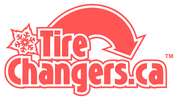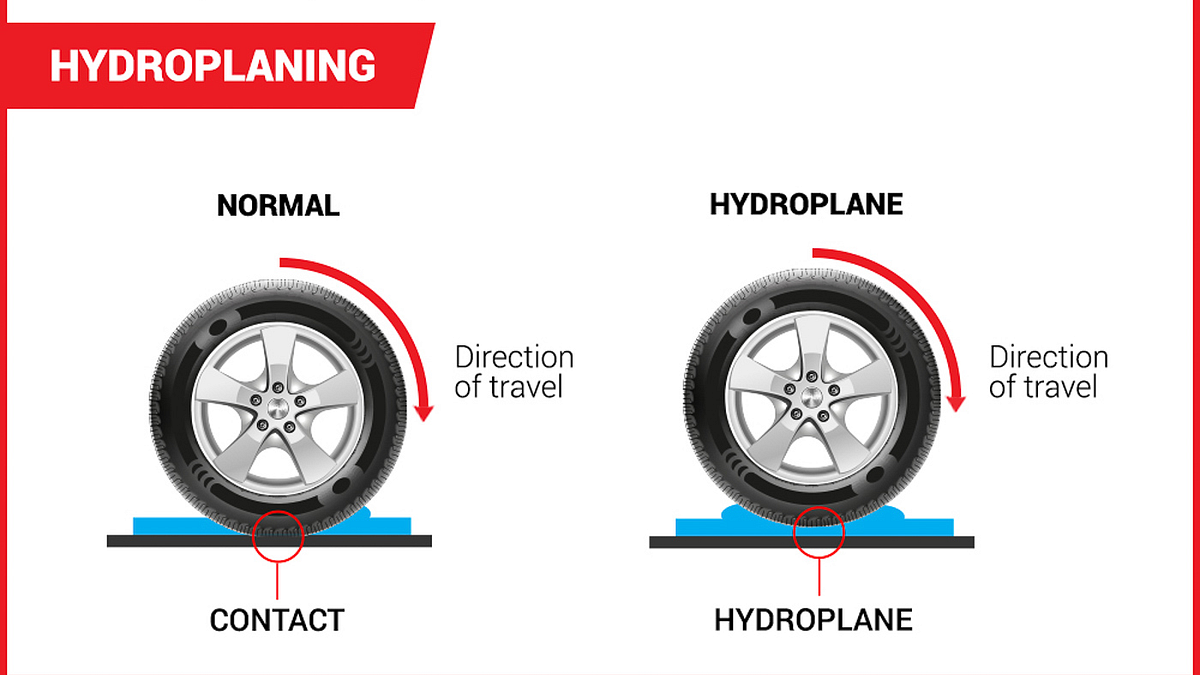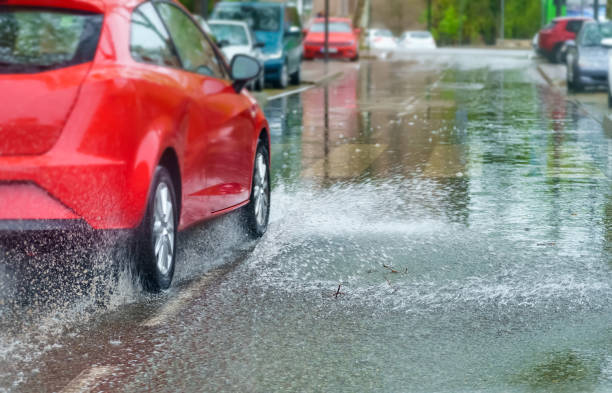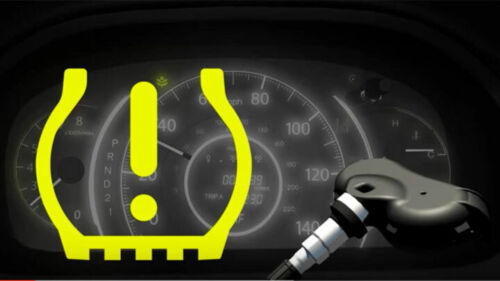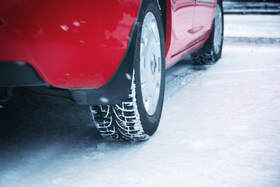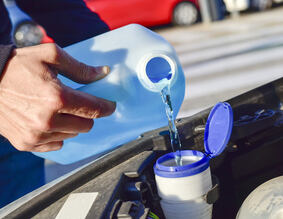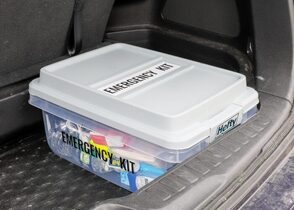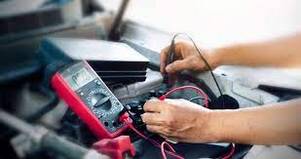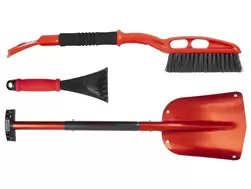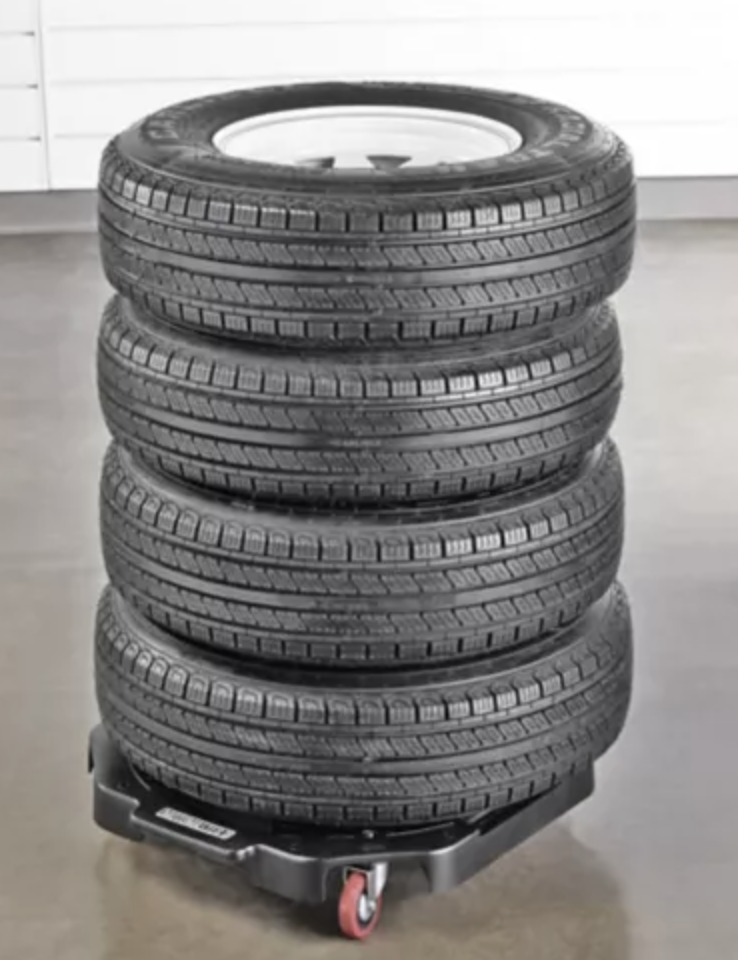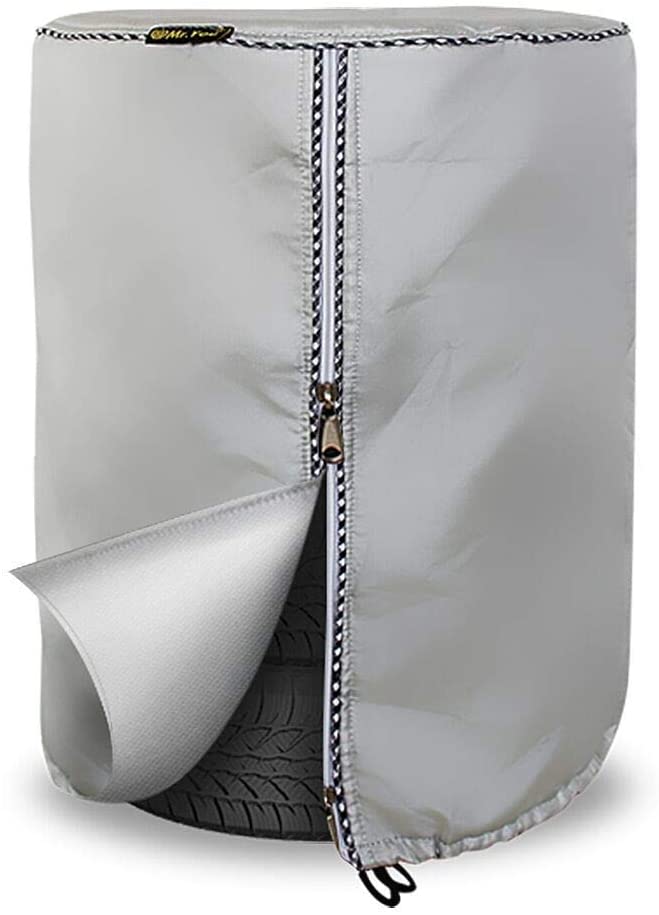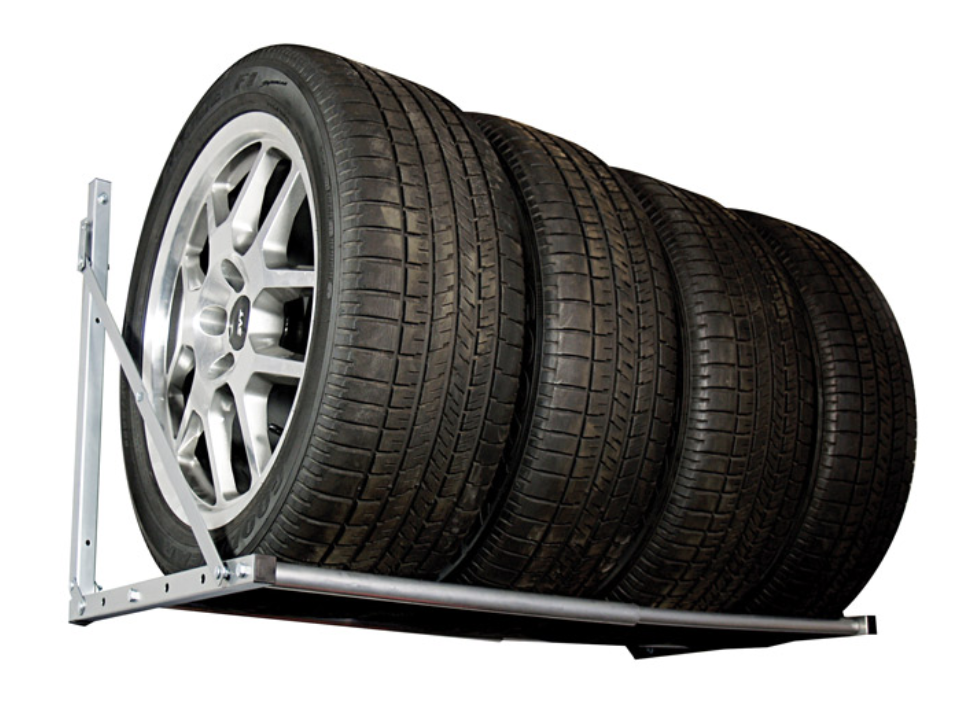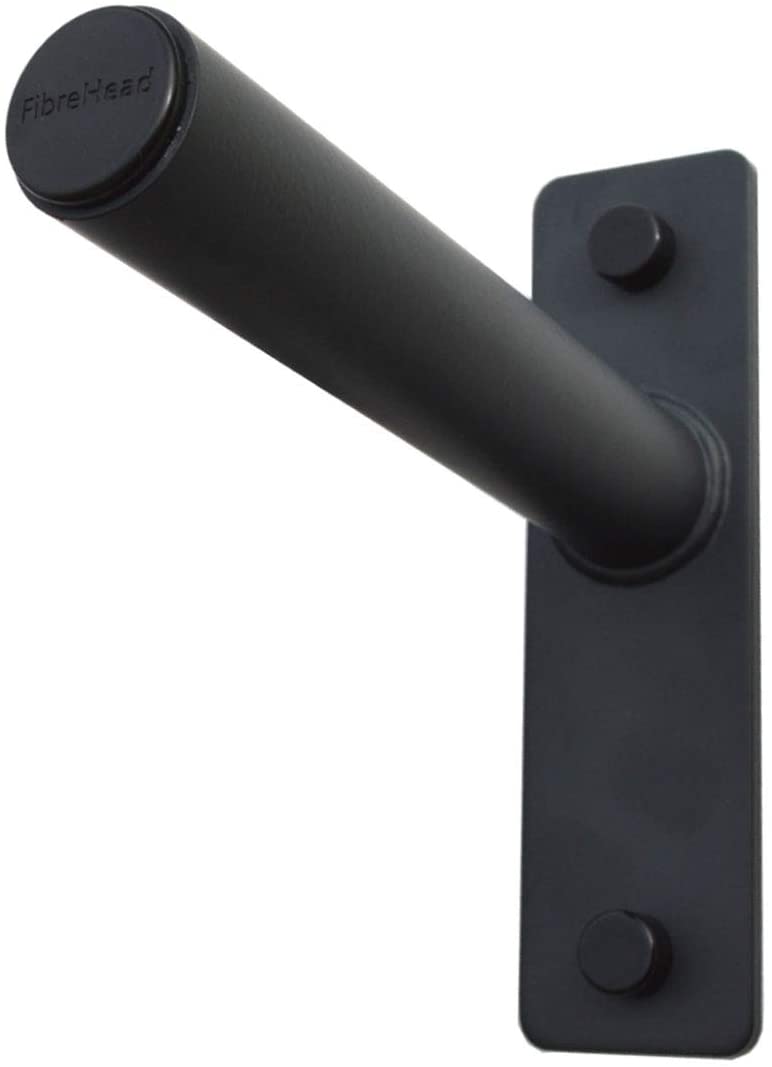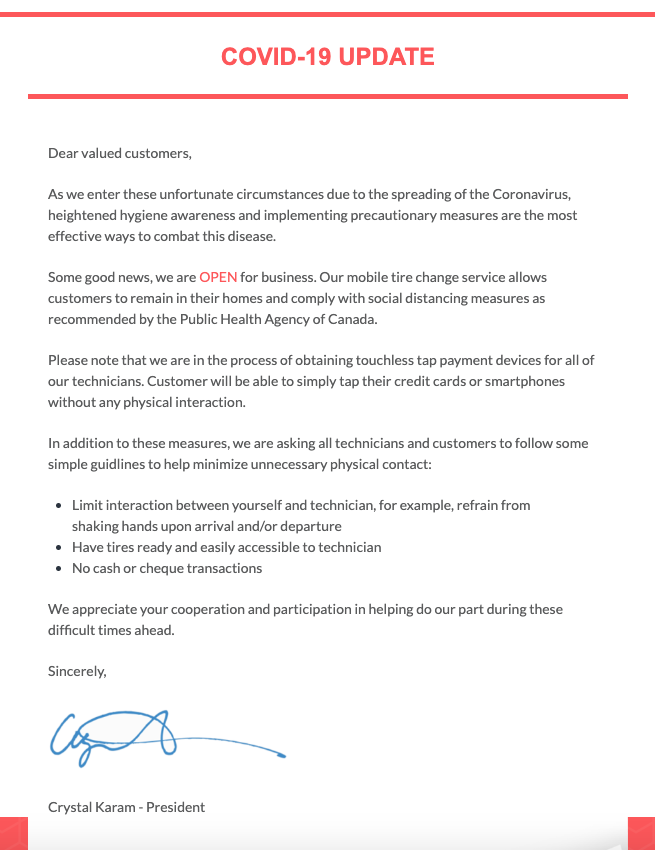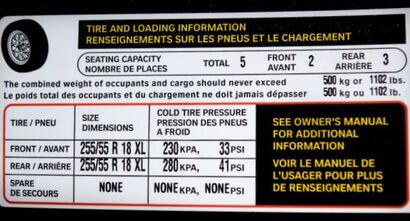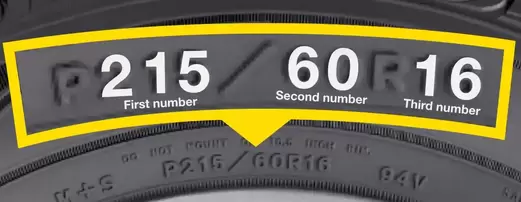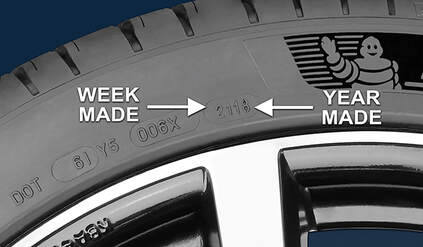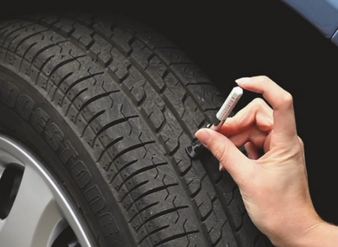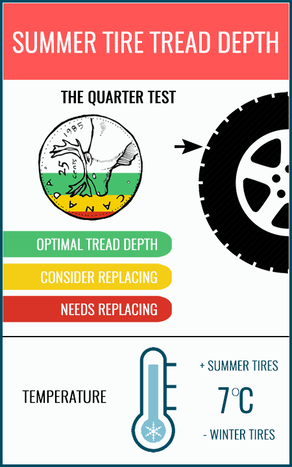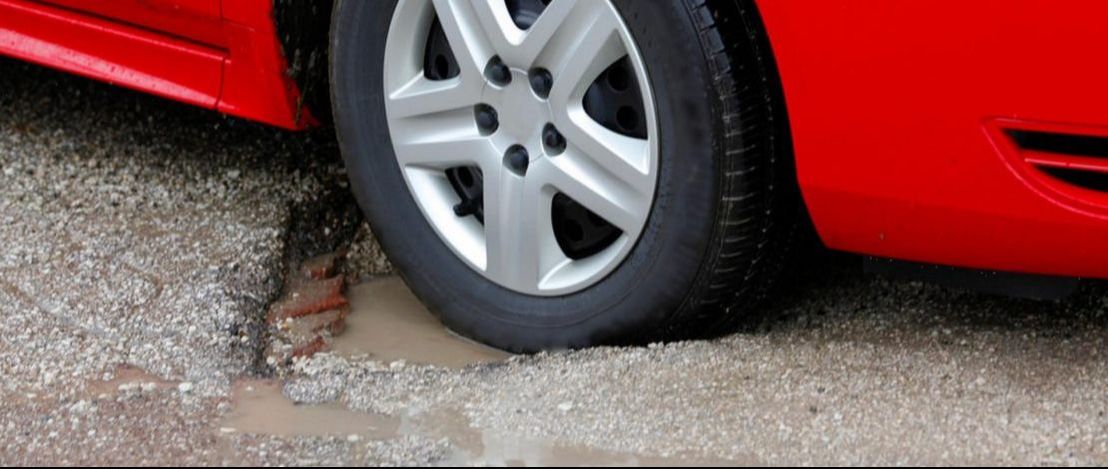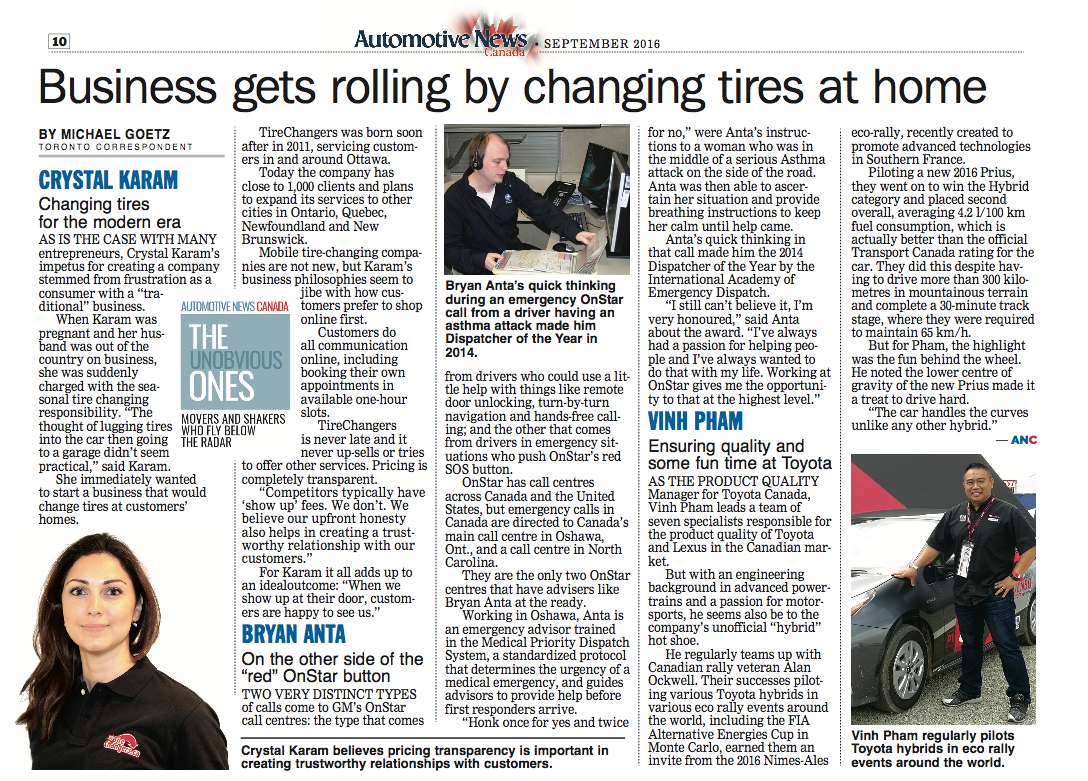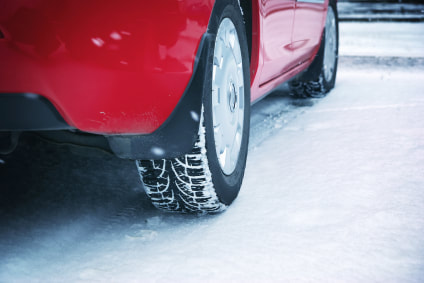|
Hydroplaning occurs when a vehicle's tires lose contact with the road surface due to a layer of water coming between the tires and the road. This phenomenon reduces the driver's ability to control the vehicle, leading to potentially hazardous situations. CausesWater Thickness: Hydroplaning typically happens in conditions where there is a thin layer of water on the road, reducing tire traction. Speed: Higher speeds increase the risk of hydroplaning. As speed rises, the tires may not be able to push water out of the way quickly enough, causing the vehicle to lose traction. Tire Tread Depth: Worn-out or bald tires are more prone to hydroplaning as they are less effective in dispersing water from the road surface. Road Conditions: Hydroplaning is more likely to occur in heavy rain, standing water, or in areas where water drainage is poor. Recognizing HydroplaningLoss of Steering Response: If the steering feels light or unresponsive, it may indicate hydroplaning. Unusual Noises: Drivers may hear a splashing or hissing sound as the tires skim the water. Reduced Traction: A sudden decrease in traction can be felt through the steering wheel. Prevention and Safety TipsReduce Speed: Slow down in wet or rainy conditions to reduce the risk of hydroplaning. Maintain Tires: Ensure proper tire maintenance, including regular rotation, balance, and checking for adequate tread depth. Avoid Cruise Control: Turn off cruise control in wet conditions to maintain better control over the vehicle. Drive in Tracks: Follow the tire tracks of the vehicle ahead, as they may have already pushed water off the road. Stay Away from Puddles: Avoid driving through large puddles, as they can increase the risk of hydroplaning. Brake Carefully: If hydroplaning occurs, avoid sudden movements, and gently ease off the accelerator. Do not slam on the brakes, as this can lead to skidding. Steer Straight: Keep the steering wheel straight when hydroplaning to regain control. ConclusionHydroplaning is a serious safety concern, but with awareness and proper precautions, drivers can reduce the risk and ensure safer journeys in wet conditions. Regular vehicle maintenance, cautious driving, and adherence to safety guidelines are crucial for preventing hydroplaning incidents.
0 Comments
Why is the TPMS Sensor Light On?1. Low Tire Pressure: The most common reason for the TPMS sensor light to illuminate is low tire pressure. When a tire is underinflated, it can affect the vehicle's handling, fuel efficiency, and overall safety. 2. Wheel Swapping: Sometimes, when you swap your vehicle's wheels or tires, the TPMS sensors might not sync correctly with the new setup. This discrepancy can trigger the sensor light to come on. 3. Improper Sensor Mounting: If the TPMS sensors were not properly mated to the vehicle during installation or maintenance, it can also cause the sensor light to illuminate. Correct pairing is crucial for accurate tire pressure monitoring. How to Resolve TPMS Sensor Light Issues:1. Check Tire Pressure: Start by manually checking the tire pressure of all four tires using a reliable tire pressure gauge. Inflate the tires to the manufacturer-recommended pressure, which you can find in the owner's manual or on a sticker inside the driver's side door jamb. 2. Drive to Reset: After inflating the tires to the correct pressure, drive the vehicle for approximately 25 kilometers (or about 25km). The TPMS system will likely reset itself during this drive, and the sensor light should turn off if the tire pressure is within the acceptable range. 3. Visit a Garage: If the TPMS sensor light remains on after proper tire inflation and driving, it's advisable to visit a trusted automotive garage. A professional mechanic can reset the TPMS system and ensure that the sensors are correctly mated to your vehicle. 4. Sensor Recalibration: During a visit to the garage, the technician can reset the TPMS sensors to match your current wheel configuration. This ensures that the sensors accurately monitor the tire pressure and communicate it to your vehicle's system. Preventing Future TPMS Sensor Light Issues:1. Proper Tire Maintenance:
Regularly check and maintain your tire pressure according to the manufacturer's recommendations. This will help prevent the TPMS sensor light from coming on due to low tire pressure. 2. Ensure Proper Sensor Installation: When swapping wheels or installing new tires, make sure the TPMS sensors are properly installed and mated to the vehicle to avoid sensor light issues after each seasonal tire swap. In conclusion, addressing a TPMS sensor light promptly is crucial for your safety and the overall performance of your vehicle. By following the steps mentioned above and staying proactive with your tire maintenance, you can ensure a smooth and safe driving experience. If you encounter persistent issues with the TPMS sensor light, consulting a dealership or garage is always a wise decision to ensure your vehicle's systems are functioning optimally. Ah, winter in Canada - a season filled with picturesque snowscapes, hot cocoa, and the occasional snowball fight. But let's be real, it's also a season of treacherous roads, icy winds, and a test of your vehicle's mettle. So, if you want to navigate the winter wonderland with confidence and a touch of style, it's time to get your ride winter-ready! Buckle up, because we're about to drop some cool tips that will make your winter driving experience a breeze. 1. Tires: The Grip to Rule Them All
2. Fluids: Keep 'Em Flowing
3. Survival Kit: Be Prepared, Not Scared
4. Battery Check: Don't Let the Cold Drain You
5. Snow Brush & Shovel: Unearth the Essentials
So, there you have it – your ultimate guide to getting your vehicle ready for winter. With the right preparations, you'll be cruising through snowy streets with confidence, knowing you've got the smarts and wit to handle whatever Mother Nature throws your way.
Tire storage may not be the most popular choice of conversation at the dinner table, but did you know that storing your tires incorrectly could lead to rapid tire and rim deterioration? Here are a few storage solutions to help stretch the lifespan of your tires. Storing Your Tires in Your Shed?
Storing Tires Along the Outside of Your House?
Storing Your Tires in Your Garage?
TIRE BAGS : YAY OR NAY?
Canadian winters can be harsh and at times dangerous. We all know that having winter tires on is a great way to ensure some extra safety and traction while driving in unpredictable conditions.
Did You Know? In 2016, the Ontario government created a new rule that pushed insurance companies in the province to provide a discount to drivers who buy and install winter tires. This discount is not just about saving money, but more about reducing potential danger on our roads. By having winter tires on your vehicle, both yourself and the insurance company benefit. That is why insurance companies offer a 5% discount if your vehicle is equipped with winter tires. Here’s How: To take advantage of this discount, call your insurance company and ask for the following details:
More Information: Visit Ontario.ca for more information!
|
Stay InformedIf you want to ride the highway of knowledge about vehicle maintenance and awesome car tips, make sure to buckle up and follow our blog. We're your pit stop for all things automotive wisdom, so hop on the info lane and let's fuel up your automotive know-how together! 🚗💨 Archives
February 2024
|
